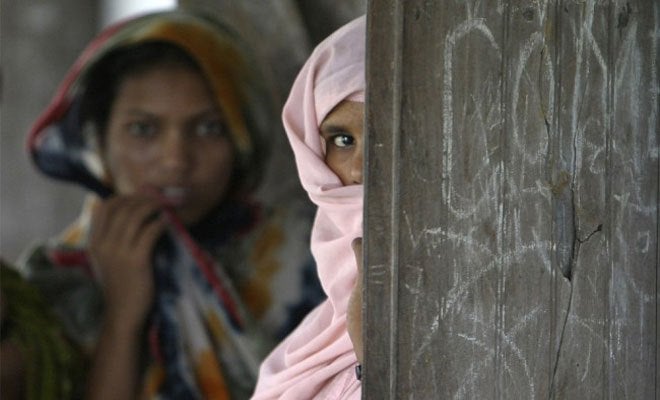CONSTITUTIONAL REMEDIES AVAILABLE TO VICTIMS OF SEXUAL CRIMES WHOSE IDENTITIES WERE REVEALED WITHOUT THEIR CONSENT
Suhaschandra B S Student, Christ Deemed to be University
Best Citation – Suhaschandra B S, CONSTITUTIONAL REMEDIES AVAILABLE TO VICTIMS OF SEXUAL CRIMES WHOSE IDENTI-TIES WERE REVEALED WITHOUT THEIR CONSENT, 1 ILECR 23, 2022.
ABSTRACT
The paper looks at Section 228A of the Indian Penal Code which criminalises the act of printing or publishing or in any way revealing the identity of a rape victim. The specific question that the paper will attempt to address is: what are the remedies, particularly, constitutional remedies available to a rape victim whose name has been published without their consent. The Court in the case of R.Rajagopal v. State of Tamil Nadu examined the issue of right to privacy and prior restraint of rights. While ruling on the unconstitutionality of prior restraint, the court also specifically recognized that the right to not have one’s identity published exists with the victim of a sexual assault as part of their right to privacy. This was reaffirmed in the case of Justice K.S. Puttaswamy and Ors. v. Union of India, allowing us an opportunity to examine other kinds of remedies against the three most likely violators of this right: the police, the media and the courts. Since the court in Rajagopal recognised the tortious and constitutional right to privacy, both remedies are explored in the paper. The police are considered to be state under Article 12 and constitutional remedies have been routinely sought against them. It is the idea of a tortious remedy that is more difficult due to the concept of a sovereign immunity. To navigate this idea, the concept of a constitutional tort is discussed. The media are not state and therefore to enforce fundamental rights against them, they either have to be shown to perform a public function under Article 226 or a indirect application of horizontality is required. Tortious action against the media is easily available due to them being private actors. The crucial role of social media as a platform and internet intermediary rights are also discussed. Finally, the Courts which print the name of the victim in the judgements are looked at. Due to their tortious immunity and their position under Article12 that only recognizes their administrative side as State, the most appropriate remedy would be to seek a remedy where the court passes an administrative order directing lower courts or frames rules whereby the courts can no longer publish the name of the victims. In conclusion, the need for these remedies and how a non-penal remedy has a wider scope due to the restrictive definition of the penal statute is discussed. The viability of a penal statute as a constitutional remedy is also discussed while keeping in mind the positive and negative nature of privacy rights
